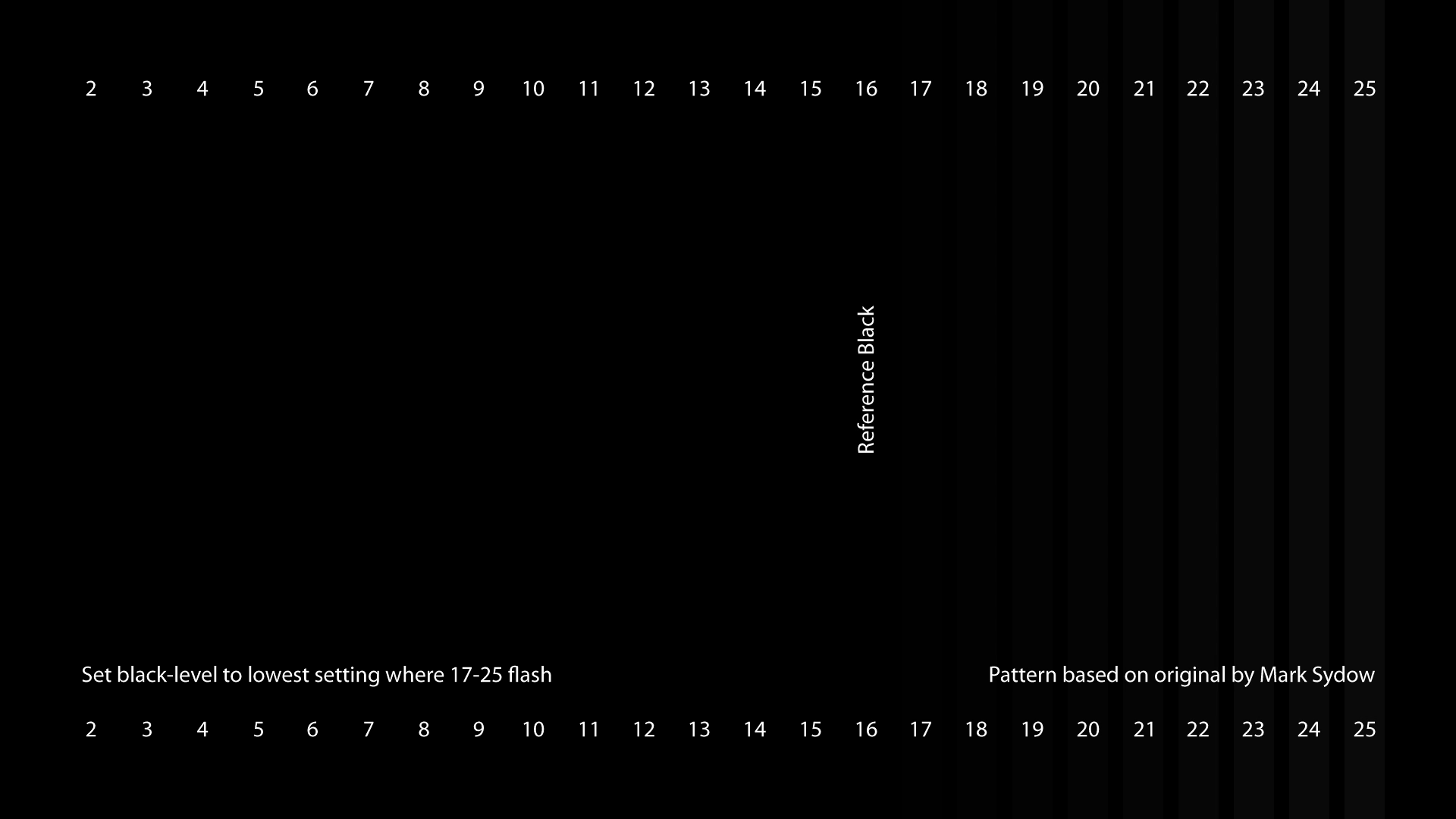

Nearly all monitors sold in the last decade have a backlit LCD display. But what does this have to do with calibrating a monitor to improve image quality? You may not be shocked to learn that turning brightness up makes your monitor brighter, and turning it down makes it less bright.

If possible, use a light meter on a smartphone to shoot for a brightness of about 200 lux. What you need to know: Reduce the monitor’s brightness to a setting that remains easy to view but doesn’t reduce detail in a dark image. Increasing scale will reduce the amount of content you can see at once, which makes multitasking more difficult, but can reduce eye strain or potentially neck and back strain (since you won’t feel an urge to lean in). Unlike resolution, which should always be set to your monitor’s native resolution, there’s no right answer for scaling. You’ll change Scaled Resolution to a lower setting to increase the size of the interface. MacOS instead uses scaled resolution, which is a bit more confusing. Again, Windows and MacOS include a scale setting in their respective Display menus. Windows 10’s resolution scaling option defaults to 150% on a 4K monitor. Also, many monitors have settings meant to target them.

Still, you’ll want to be aware of these standards as you calibrate your monitor because they’ll impact how certain monitor settings work. In fact, precisely targeting a standard is impossible without a calibration tool. You don’t need to target these standards.


 0 kommentar(er)
0 kommentar(er)
